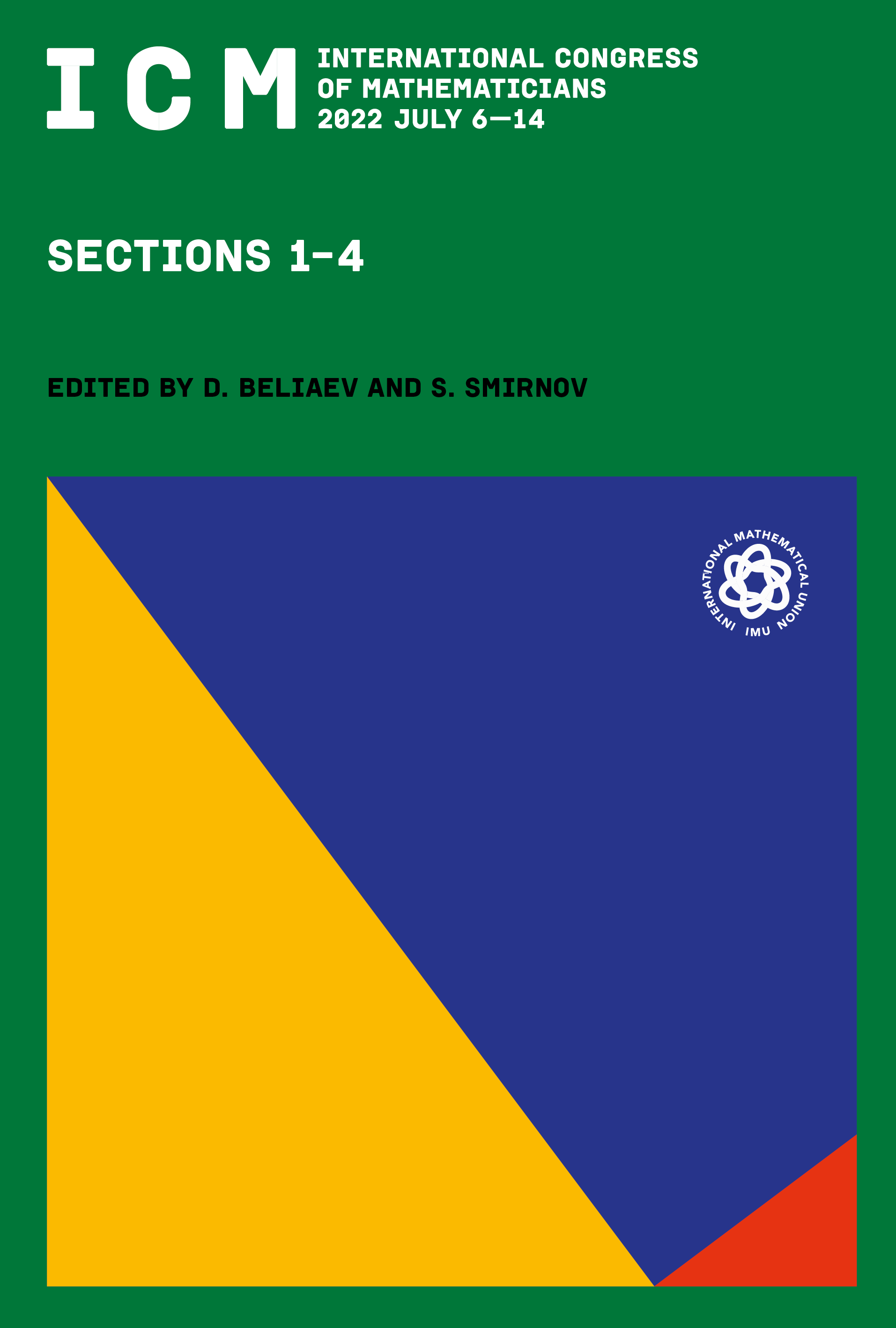Finite approximations as a tool for studying triangulated categories
Amnon Neeman
Mathematical Sciences Institute, Building 145, The Australian National University, Canberra, ACT 2601, Australia

This book chapter is published open access.
Abstract
Small, finite entities are easier and simpler to manipulate than gigantic, infinite ones. Consequently, huge chunks of mathematics are devoted to methods reducing the study of big, cumbersome objects to an analysis of their finite building blocks. The manifestation of this general pattern, in the study of derived and triangulated categories, dates back almost to the beginnings of the subject—more precisely to articles by Illusie in SGA6, way back in the early 1970s.
What is new, at least new in the world of derived and triangulated categories, is that one gets extra mileage from analyzing more carefully and quantifying more precisely just how efficiently one can estimate infinite objects by finite ones. This leads one to the study of metrics on triangulated categories, and of how accurately an object can be approximated by finite objects of bounded size.